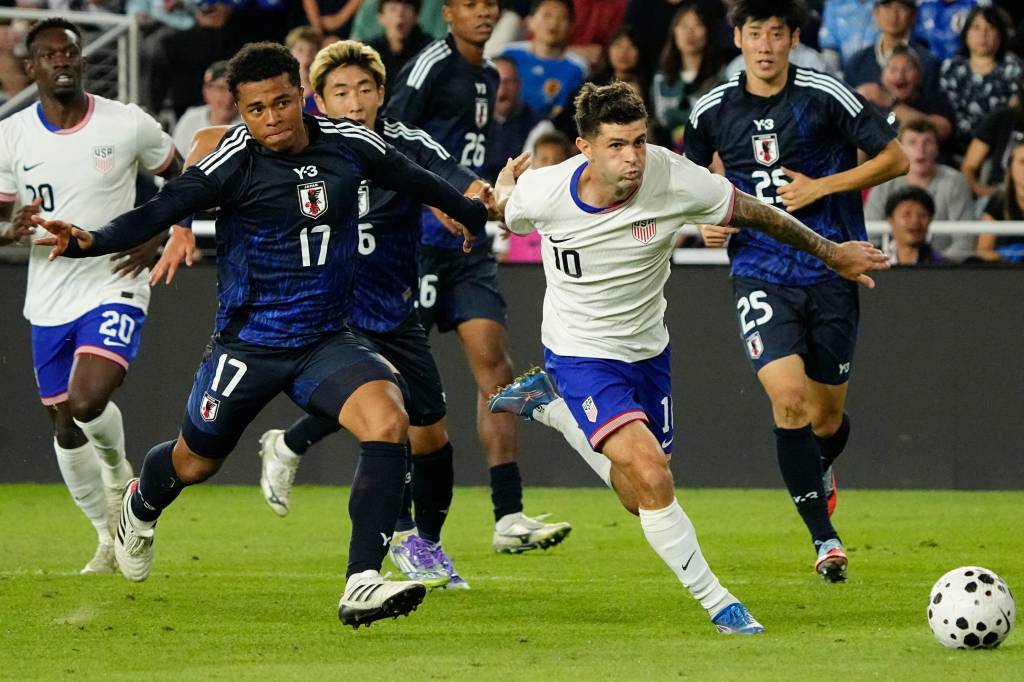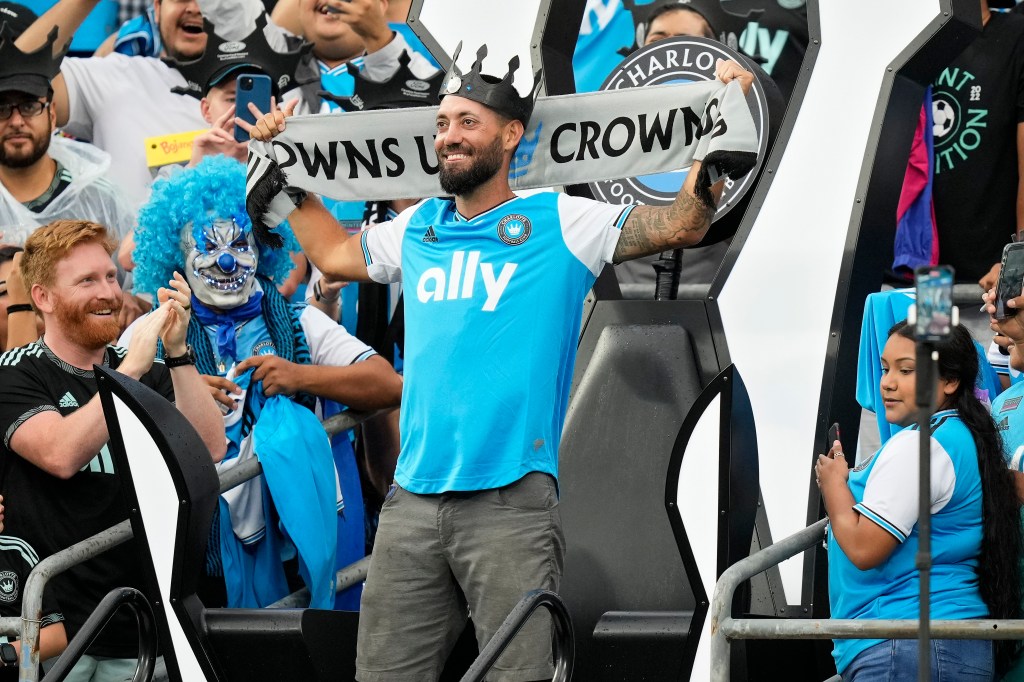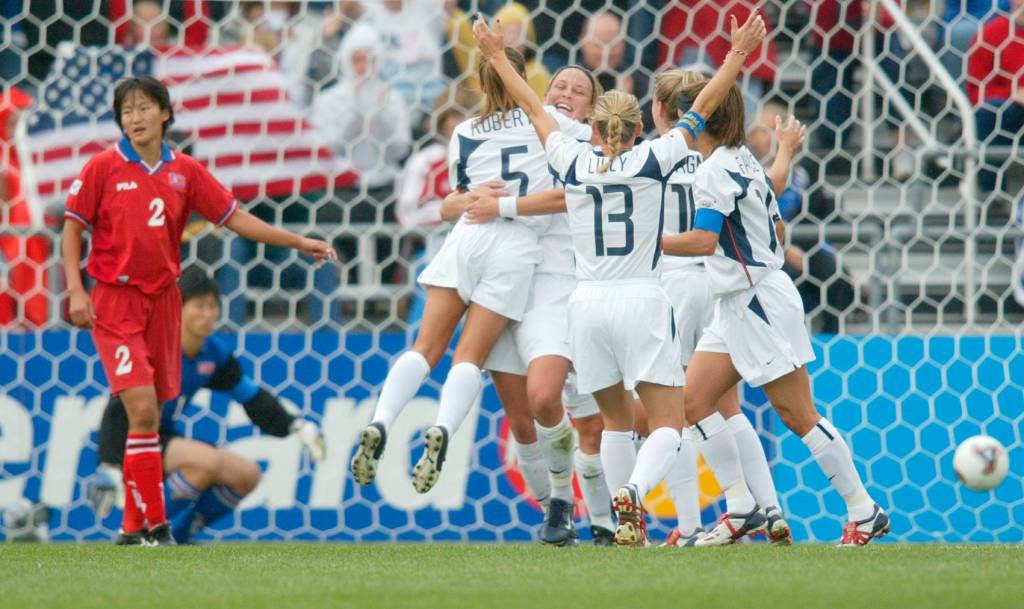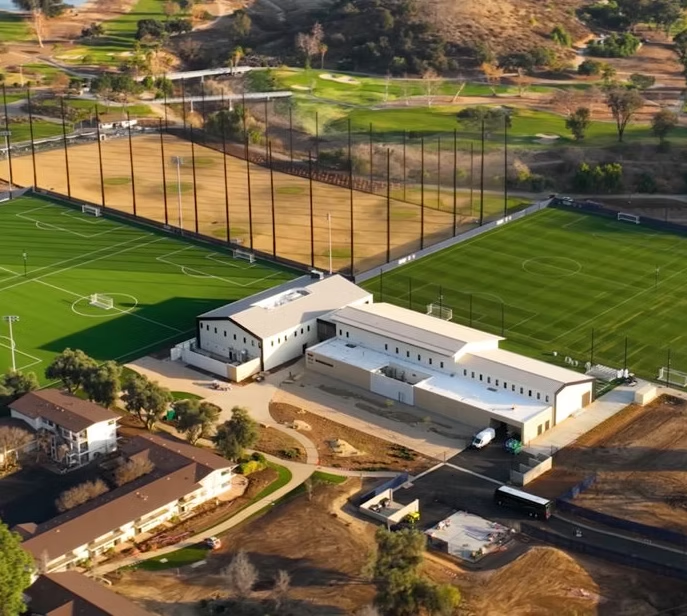Fixing U.S. Soccer: Can U.S. Save Youth Soccer and Compete on the World Stage?
Anwar Stetson

The 23rd FIFA World Cup is only eight months away, and the U.S. is struggling. With a new head coach, notable attendance struggles, and the recent letdown at this summer’s Gold Cup, the U.S. Men’s National Team (USMNT) will need to turn things around quickly to win over fans at the first World Cup hosted by the U.S. in over thirty years.
But soccer’s growth has always been an uphill battle in the land of the free. International leaders of the world’s most popular sport have given their opinions on the state of the sport in America. Most recently, renowned German manager Jurgen Klopp made comments about the state of the youth game that ring true: soccer is far too expensive. Will things change at the ground level to make the USMNT competitive with the best countries on Earth?
The Beautiful, Expensive Game

Klopp is a champion manager and former pro player. Retiring from coaching in 2024, Klopp became the head of Red Bull Global Football. Working with the international company has given him time to watch soccer stateside, and he spoke to The Athletic about American soccer last week.
“We have a couple of problems in the USA,” Klopp said. “So I’m the new guy. So I’m not the one who says, ‘I change it’, it’s not my personality. I just observe and see what could be a problem. Youth football can be expensive. So that makes no sense at all to get the best talents. We all know that the best players (in the world) are not coming from the richest areas. I think the last one (best player in the world at the time) who was rich before he started playing was Kaka, if I am right. So this part of motivation is essential.”
Sacrificing for the Ultimate Crown
We’ve detailed the growing costs of youth sports as the industry explodes in valuation, making it more difficult for kids to compete. But soccer has the added difficulty of competing with more traditional and popular American sports like football, basketball, and baseball.
Former U.S. soccer star Clint Dempsey’s story is well-known in soccer circles. The pivotal American forward grew up in working-class Nacogdoches, Texas. His parents sacrificed thousands of dollars and regularly drove three or more hours to tournaments to give the young star exposure.

It’s perplexing that the world’s simplest major sport requires so much investment when all you need is a ball and a net. But the “pay-to-play” system can cost families thousands of dollars per year. FIFA President Gianni Infantino echoed Klopp’s sentiments in a Fox Sports interview this summer.
“For children, it must be free to play football,” Infantino said. “You go to Europe or Africa, you can play football for free, you can play soccer for free. We need to bring this [to] the U.S. as well, and then you will see the talent will go to play soccer.”

Captain America
However, the barriers to becoming a soccer star in America haven’t prevented the men’s team from getting talent. Christian Pulisic is in his prime right now, and may go down as the greatest U.S. soccer player of all time when his career is done. Considering the 27-year-old playmaker currently plays for Italian club A.C. Milan, the 2026 World Cup may be the first time many casual American fans see Pulisic play.

The son of two soccer players, Pulisic has broken so many North American records that he’s been deemed “Captain America”. When he played for Premier League club Chelsea, Pulisic became the first American to play in and win the UEFA Champions League Final. At just 20-years-old he became the youngest captain in USMNT history. His prime comes at the perfect opportunity to become a household name across the nation at next year’s tournament.
If the U.S. could find more players like Pulisic, the team would be an international force rubbing shoulders with the best of the best.
As proof, look no further than US Women’s side. The first Women’s World Cup was in 1991–over 60 years after the first Men’s World Cup. The U.S. Women’s National Team (USWNT) won it handily. Through Title IX, investment, and a head start to the men, the USWNT is the most successful international team in women’s soccer.

A Revolution Coming to America
The men’s game has more competition, more history, and a more established culture around the world, and as such, the USMNT has a tougher time competing internationally. But if it can develop more Pulisic’s, there’s a good chance the team could one day begin to approach the success of the women.
One club specifically is trying to kick-start that effort.
Over the weekend, San Diego F.C. held open tryouts for its revolutionary Right to Dream Academy.
A first in the nation, Right to Dream Academy is a fully-funded soccer academy and private school. At their open tryouts over the weekend, hosting an estimated 600-700 families and athletes.
“We really believe that residential and private school is a big part of our program as well as the soccer component,” Academy head John McGuigan told FOX 5 San Diego. A norm in the rest of the soccer-playing world, the free Right to Dream Academy opened its first American Academy this year. It already has programs in Ghana, Denmark, and Egypt. The inaugural 2025 class includes 6th and 7th-graders who will form one team. The academy will expand in the future to include kids up to 12th grade.

The future soccer stars at Right to Dream will have access to a “50,000-square-foot state-of-the-art sports performance facility shared with San Diego FC’s first team and academy teams,” according to the Academies website. The facility also features “five full-sized football fields, including three natural turf fields and two synthetic turf fields.” The academy is a full-time boarding school, with McGuigan telling FOX 5 that children would visit home “every few weeks”.
Building the Next Generation
Working-class superstars like Lionel Messi and Cristiano Ronaldo owe significant portions of their development to the free academies they attended as children. Messi, for example, was only 13 years old when he traveled across the world from his native Argentina to Barcelona’s famed La Masia Youth Academy to train full-time.
Will soccer ever reach the level of support that football, basketball, and baseball get in America?
Well, Americans love winners. It’s going to take more than a generation, and certainly longer than eight months to build an international contender with players as great, and even better than, Christian Pulisic. But full-time, fully-funded academies could be the pivotal first steps to building that super generation in America. And considering the number of parents and kids hoping for a chance at San Diego F.C., the demand is there.
If you build it, they will come, and if you build a winner, America will fill its stands with red, white, and blue every single match.
Next summer’s World Cup begins in Los Angeles, California, with matches around the U.S., Canada, and Mexico. Perhaps the next Christian Pulisic will get inspired to kick a soccer ball for the first time, watching the world’s biggest single sporting event. It’s up to the nation to provide that child with the opportunity to develop–without breaking the bank.